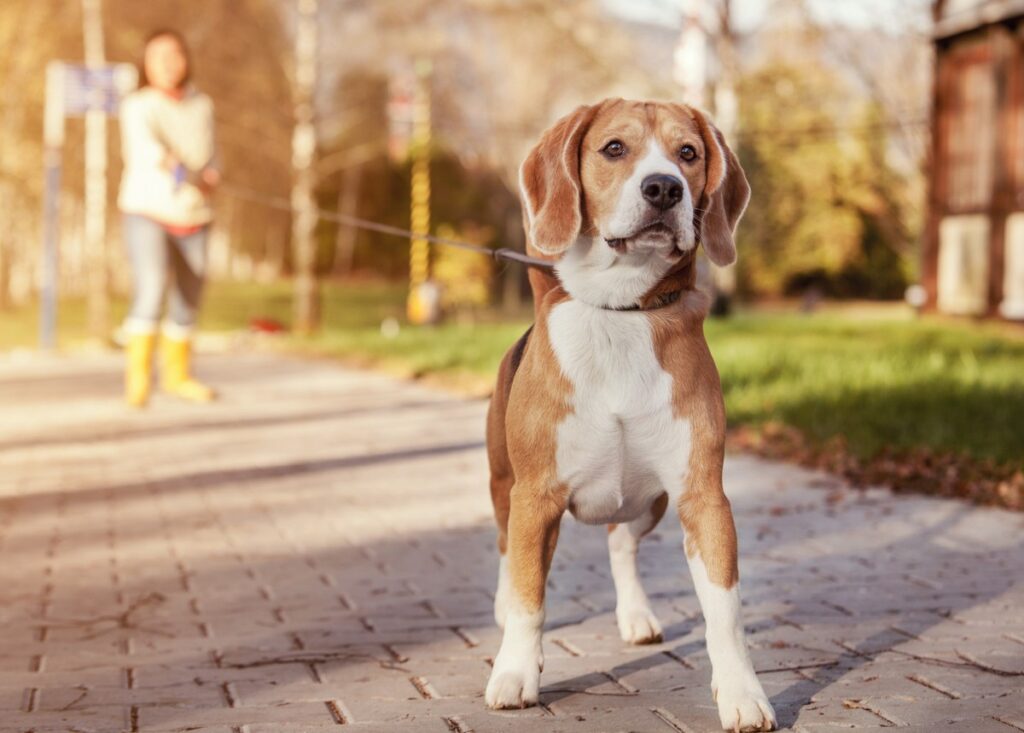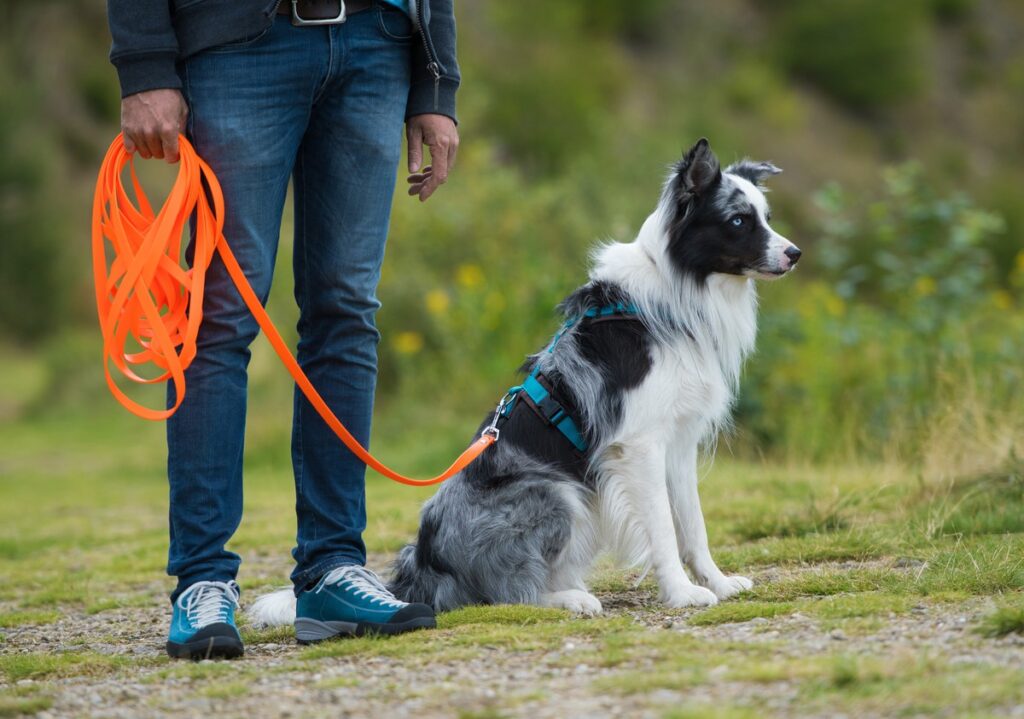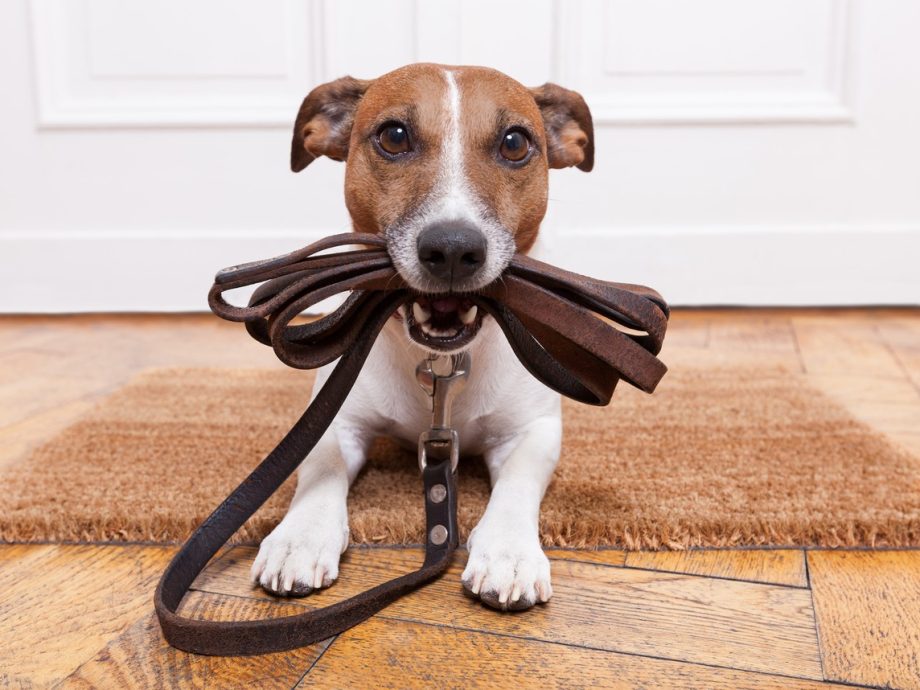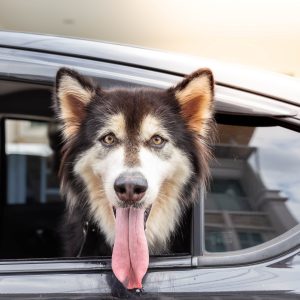Choosing the right lead and harness can make your dog’s walking experience more comfortable and help you maintain control of your pet. In this article, we’ll discuss the different types of leads and harnesses available and the benefits of each one.
Different types of leads
Firstly, let’s talk about the different types of leads. The most common ones are retractable, standard, and adjustable.
Retractable leads are popular because they allow your dog more freedom to explore while still being connected to you. However, these leads can be dangerous because they can extend too far and put your dog in harm’s way. They also do not provide as much control over your dog as standard or adjustable leads, and they can also break at unexpected moments which can result in serious injury.

Standard leads are the most basic type of lead, and they are typically made of nylon or leather. These leads provide more control over your dog, but they can be uncomfortable if they pull too hard.
Adjustable leads are like standard ones, but they have the added benefit of being adjustable in length. This makes them a great choice for training and when you need more control over your dog. I always recommend my clients use as long a lead as possible. This compromises on your need for a nice, non-pulling walk and your dog’s desire for sniffing, playing, and exploring the world.

Different types of harnesses
Now let’s talk about harnesses. There are several types of harnesses available, such as back-clip and front-clip, but the most important thing to consider is the shape. Does it impact your dog’s shoulder joint movements? Back-clip harnesses are the most common type and are suitable for most dogs. They attach to the leash at the back of the harness, which makes them easy to put on and take off. They can be found in either X or Y shaped varieties – either of which should be suitable for your dog and will avoid any impact on the shoulders.
Front-clip harnesses attach to the leash at the front of the harness, which gives you more control over your dog’s movements. This type is great for dogs who pull on their leash or tend to lunge at other dogs or people, as you’re able to turn them more easily in a circle and away from the “trigger”.

When choosing a harness, it’s important to consider the dog’s size and breed. For example, a small dog may need a harness with a narrower chest strap than a larger one. It’s also important to make sure that the harness fits properly. One that is too loose can allow your dog to slip out, while if it’s too tight it can be uncomfortable for your pet.
Choosing the right lead and harness is essential for your dog’s safety and comfort while walking. Standard, and adjustable leads all have their benefits, but it’s important to consider your dog’s behaviour and size when choosing a lead. Back-clip, front-clip – X or Y shaped, all provide different levels of control over your dog, so choose the harness that best suits your dog’s needs.
It’s also important to practice good walking habits. Always keep your dog on a leash when walking in public, and make sure that your dog is trained to walk on a leash without pulling or lunging. Use positive reinforcement techniques, such as treats and praise, to encourage good behaviour.







One Response
I have gone through the blog post and I must admit it is very informative. I liked the writing style too. Keep up the good work and share more contents. Cheers!